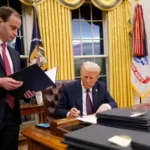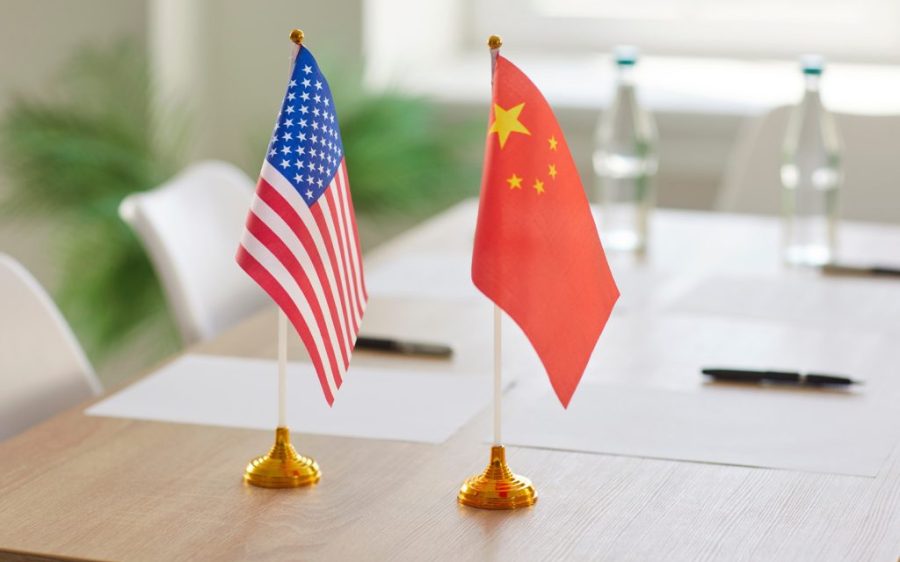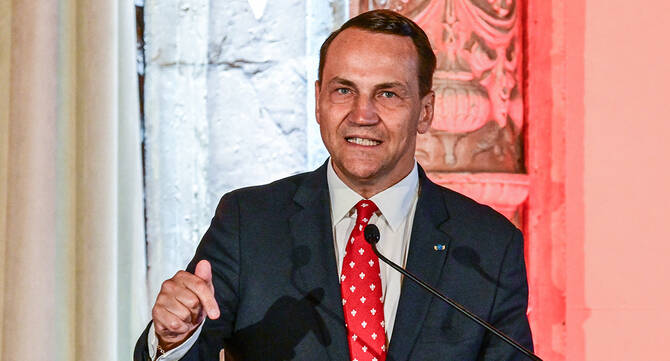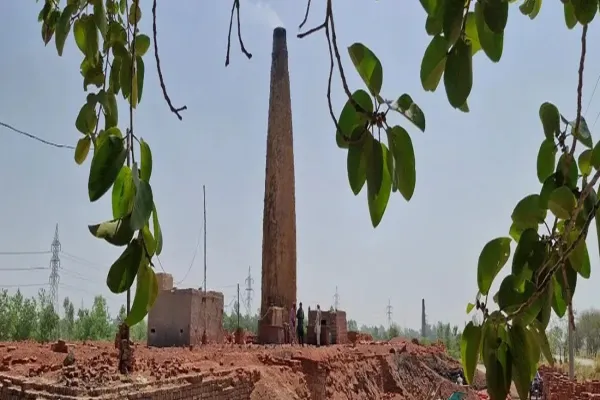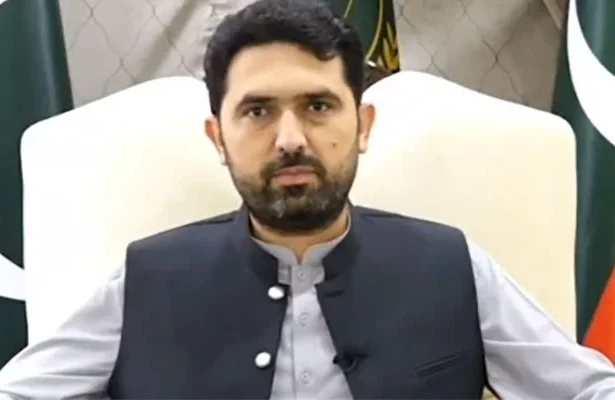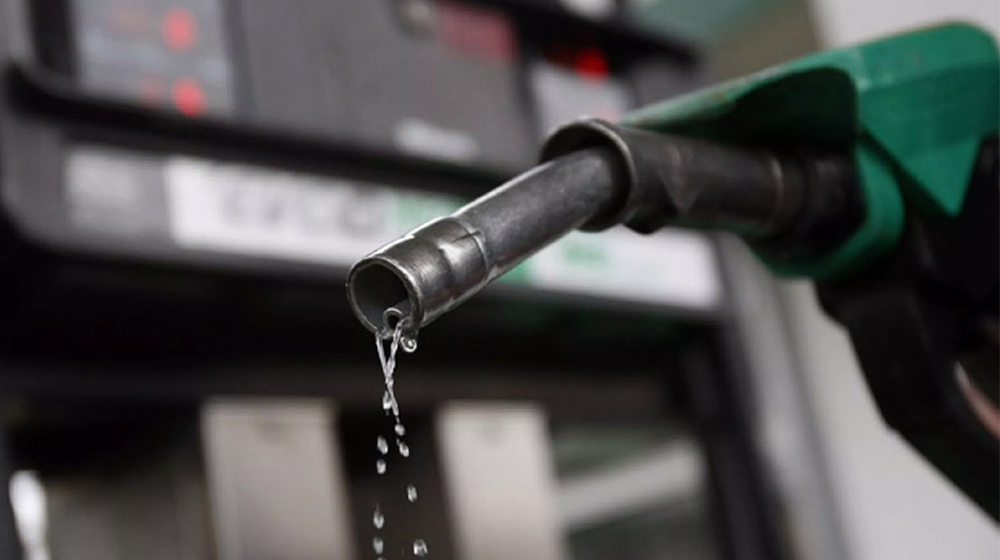Key takeaways:The White House has made the ‘peace plan’ public, which Muslim countries said is different from what they signed in the US. It might be possible that Muslim countries show their consent to Trump’s plan. White House put forward a different ‘peace plan’: Muslim leaders from Pakistan and Qatar hinted that the version announced …
Trump’s Gaza Peace Plan Sparks Hope and Doubt
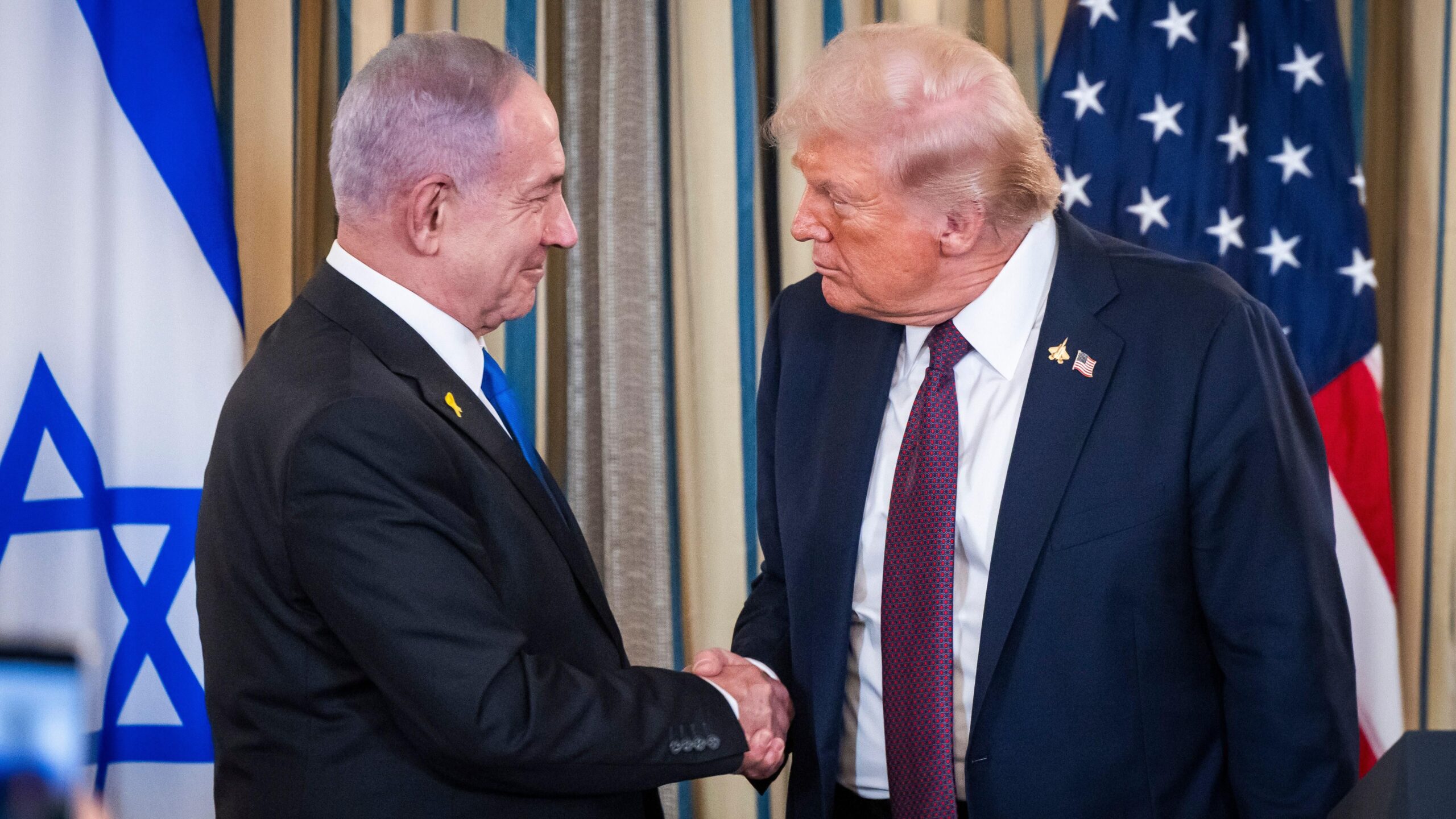
Key takeaways:
The White House has made the ‘peace plan’ public, which Muslim countries said is different from what they signed in the US.
It might be possible that Muslim countries show their consent to Trump’s plan.
White House put forward a different ‘peace plan’:
Muslim leaders from Pakistan and Qatar hinted that the version announced in Washington is different from the one they agreed to occupy the Strip permanently. Countries close to Gaza see opportunities. Trump rejected Israel’s annexation of the West Bank and agreed Palestinians could remain in Gaza. Israel, in turn, promised not to permanently occupy the Strip.
A senior Egyptian political source said, “Gaza’s reconstruction represents a major economic opportunity for Egypt, ranging from debris removal to infrastructure development and urban projects.” The plan would also block the feared mass displacement of Palestinians into Egypt’s Sinai, ending one of Cairo’s biggest concerns.
Key changes in the draft:
The new plan introduces several unexpected changes. Instead of hundreds of Palestinian prisoners being released, only 250 will walk free alongside 1,700 detainees from Gaza. Earlier promises of 600 daily aid trucks have now been replaced with vague commitments.
Governance is also redefined. Gaza will no longer be managed through broad international talks but by a “Board of Peace” led by Trump and former UK Prime Minister Tony Blair. This shift sidelines global consultation and centralises decision-making.
Concerns over troop deployment:
One of the most contentious issues is the proposed International Stabilisation Force (ISF). Originally meant to train Palestinian police, the ISF now appears to carry wider powers, suggesting greater Israeli influence. The plan calls for a phased Israeli withdrawal with no fixed deadlines, alongside a “security zone” that could mean a permanent presence in Gaza.
Trump asked eight Muslim-majority countries, including Pakistan, Egypt, Turkey, and Saudi Arabia, to contribute soldiers to this force. Publicly, these nations welcomed the idea, but behind closed doors, doubts remain.
A senior official asked, “Who will lead this force? Who will decide when to intervene? What will be the rules of engagement?” Many argue that UN Security Council approval is needed to make the ISF legitimate, but the US and Israel rejected the idea.
Turkey has shown some willingness to send troops, but Israeli Prime Minister Netanyahu strongly opposes Turkish involvement. Ironically, Hamas sees Turkey’s role as essential, making this another sticking point.
Pressure builds on Hamas:
Despite concerns, regional powers are pressuring Hamas to accept. Turkish, Qatari, and Egyptian officials met in Doha to persuade the group that this plan might be the last chance to end the bloodshed.
Middle East Eye reported, “Hamas leaders were briefed on its terms immediately after the official announcement, with an emphasis that this was the last opportunity to end the war and ease the suffering of the Palestinian people.”
Yet Hamas is holding out. According to a Palestinian source, it wants changes to the disarmament clause and seeks firm international guarantees of a full Israeli withdrawal. Leaders also demand assurance against assassination attempts inside or outside Gaza.
Balancing opportunity and distrust:
Trump’s peace plan offers both hope and uncertainty. For Egypt, it promises economic gain; for Gaza’s people, a chance to rebuild; and for the region, the possibility of ending a devastating war. But vague commitments, expanded Israeli powers, and unresolved questions about troop deployment continue to raise red flags.



